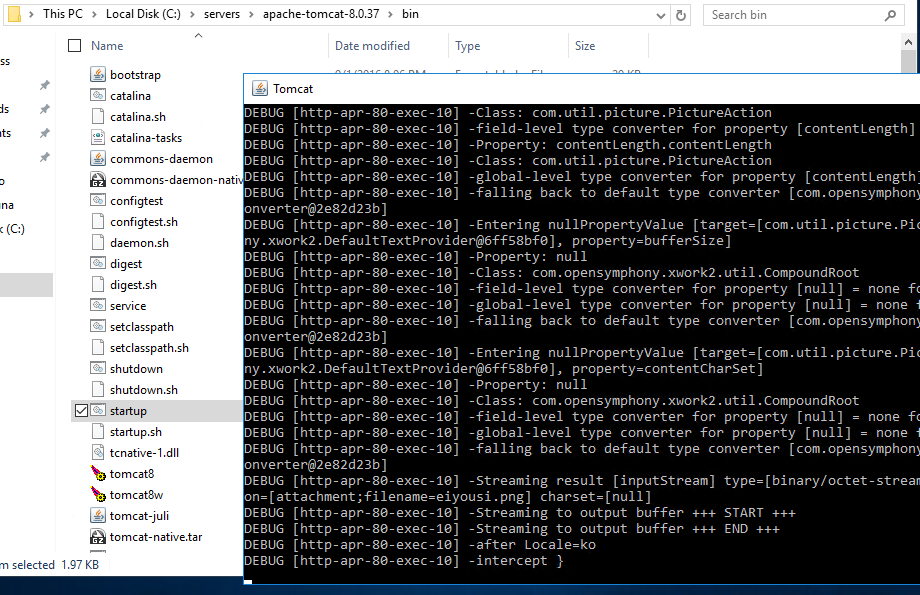

In Splunk Enterprise versions below 8.2.9 and 8.1.12, the way that the ‘tstats command handles Javascript Object Notation (JSON) lets an attacker bypass SPL safeguards for risky commands. The attacker cannot exploit the vulnerability at will. The vulnerability requires the attacker to phish the victim by tricking them into initiating a request within their browser.

In Splunk Enterprise versions below 8.2.9, 8.1.12, and 9.0.2, an authenticated user can run risky commands using a more privileged user’s permissions to bypass SPL safeguards for risky commands in the Analytics Workspace. In Splunk Enterprise versions below 8.2.9, 8.1.12, and 9.0.2, an authenticated user can run arbitrary operating system commands remotely through the use of specially crafted requests to the mobile alerts feature in the Splunk Secure Gateway app. In Splunk Enterprise versions below 8.1.12, 8.2.9, and 9.0.2, a View allows for a Reflected Cross Site Scripting via JavaScript Object Notation (JSON) in a query parameter when output_mode=radio. In Splunk Enterprise versions below 8.1.12, 8.2.9, and 9.0.2, an authenticated user can inject and store arbitrary scripts that can lead to persistent cross-site scripting (XSS) in the object name of a Data Model. The XXE injection causes Splunk Web to embed incorrect documents into an error. In Splunk Enterprise versions below 8.1.12, 8.2.9, and 9.0.2, an authenticated user can perform an extensible markup language (XML) external entity (XXE) injection via a custom View. In Splunk Enterprise versions below 8.2.9, 8.1.12, and 9.0.2, sending a malformed file through the Splunk-to-Splunk (S2S) or HTTP Event Collector (HEC) protocols to an indexer results in a blockage or denial-of-service preventing further indexing. If you want to see a complete summary for this CPE, please contact us.


 0 kommentar(er)
0 kommentar(er)
